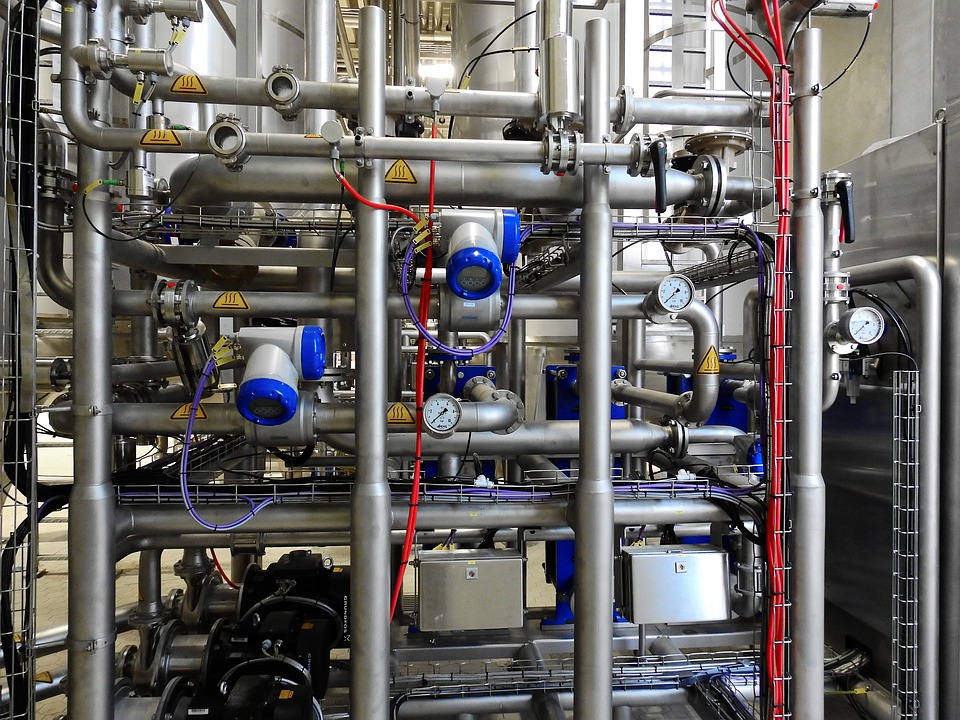Many people assume that
stainless steel and galvanized steel are same as they mostly sound alike. But,
the truth is, there is a vast difference between both in terms of their
strength, weight, manufacturing procedure, and in other aspects.
It’s mandatory to learn the
basic concepts, and other differences between all those products which you
consider to use in your plumbing related construction projects. For instance;
what type of galvanized steel
pipe fittings to use, and what quality of material you
need; that all matters a lot when it comes to constructing new, or re-fitting
your plumbing pipes.
However, this blog post aims
to shed light on significant compare and contrast between stainless steel and
galvanized steel, as these are the mostly products which people confuse with
each other.
Differences between
Galvanized & Stainless
Steel
· Preparation of Galvanized &
Stainless steel
The galvanized steel is
prepared in hot dipping procedure, in which regular steel is dipped in a pool
of molten zinc. While the coating of galvanized steel is prepared by an
electro-dipping procedure in which steel is dipped in an electrolyte solution
containing zinc, and makes use of electrolysis to create the coating.
On another hand, the
stainless steel is prepared when an ordinary steel is mixed with chromium while
they both are in their molten state position in various ratios. The difference
of both ratios depends upon the type of stainless steel which is been prepared.
Once the mixture gets
cool, it becomes hard as it turns into a solid state; at this point, the
composite is treated with an acid for removing any impurities which might be
sticking to the surface.
· Galvanized & Stainless Steel in
terms of Its strength
As far as the strength of
both galvanized and stainless steel is concerned, so galvanized is
significantly weaker than latter one as galvanized steel.
The reason is, galvanized
steel only contains an anti-rust coating that wears away after some time, and
neither has it protected against rusting as stainless steel do which contains a
protective mixture of chromium to help prevent rusting.
· Uses of Stainless & Galvanized
Steel
The weaker strength and
cheaper price of galvanized steel, make it applicable to use only for
smaller-budget projects than stainless steel in general. While stainless steel
is used extensively in the construction of pipes and fittings in houses for its
strong capacity. Moreover, it is used in creating metal roofs for houses,
repairing air-conditioning equipment, and chain link fencing.
Stainless steel is very
costly, so it is generally utilized for huge spending ventures which needs hard
work or thick parts. Hence, stainless steel is used in the building of bridges,
monuments, skyscrapers, sculptures, cars, railways, airplanes and other
high-end products.
There is a wide range of those
products which are made of galvanized steel for its ability to withstand the
damage done by harsh weather, resist rusting, and being stronger and lighter
than many other metals.
Keep visiting Chithreads for more informative blogs , articles, DIY Hacks and much more.
Keep visiting Chithreads for more informative blogs , articles, DIY Hacks and much more.

Comments
Post a Comment